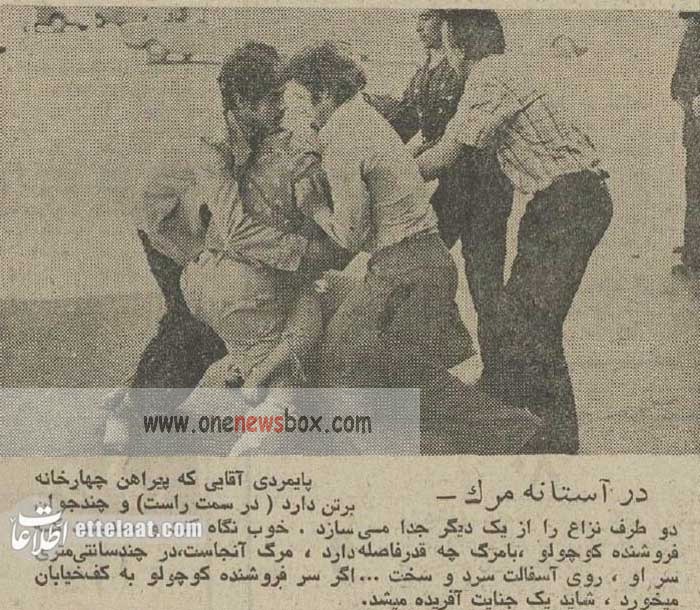This tragedy demonstrates one of the underlying mechanisms of street fights: anger without restraint, a failure of conflict de-escalation, and the dangerous normalization of carrying cold weapons. A simple verbal disagreement, rooted perhaps in pride or frustration, transformed into a murder within moments.
Statistical Reality: A Growing Pattern of Violence
According to recent forensic statistics, Tehran province consistently records the highest number of individuals referred for injuries sustained in fights. From the beginning of Farvardin to the end of Shahrivar (first six months of the year), forensic centers in Tehran documented 55,299 referrals due to fight-related injuries—a 0.5% increase compared to the same period in the previous year (1401).
This number represents just a portion of actual incidents. Many confrontations do not result in injuries serious enough for medical attention, and countless others go unreported because the involved parties fear legal consequences, or choose informal reconciliation, or simply wish to avoid social stigma.
The official estimate suggests 600,000 street fights annually across Iran. However, experts emphasize that the true number is much higher, as many conflicts are resolved at the scene without police intervention. The pattern is not confined to Tehran; it extends across cities, towns, and even rural areas.
Violence Beyond the Cities: Nationwide Incidents
Tragedy is not limited to urban streets. In early November of this year, in Hesar village in Zanjan, a 17-year-old teenager was killed in a fight whose exact cause remains unclear but was reportedly trivial. In Mashhad, a mass fight over financial disputes ended with one person injured and six arrested. Similarly, during a wedding in Dareh Baz in Nimblok district of Qaynat city, a fight between several young men escalated quickly, resulting in the death of one participant after a knife was used.

